Explainer: How Israel’s war on Gaza spawned environment, climate disaster?
By Maryam Qarehgozlou
The air hangs heavy as the once-vibrant streets of Gaza are now filled with debris of destroyed buildings, their shattered exteriors bearing witness to the Israeli regime’s genocidal war.
As far as the eye can see, rubble is littered everywhere in Gaza, choking the barren streets and alleys, with people sifting through the debris in search of any fragment of their former lives.
Israel’s war on Gaza, now in its sixth month, has already killed over 31,000 Palestinians and injured nearly 72,500 others. Many more feared dead are still trapped under the rubble of fallen buildings.
Beyond the colossal human toll of the deadly war, an environmental catastrophe is also unfolding across the blockaded territory, triggered by indiscriminate bombings and a crippling siege for more than five months.
Experts have already warned that Palestinians living in Gaza, if they survive, will face an “uninhabitable” territory for decades to come because of the deadly impact of the ongoing war.
From smoke-filled air to the long-term contamination of groundwater with hazardous waste, and the toxic debris poisoning the very land Palestinians call home, the repercussions of the dire spike in pollution levels are vast and interconnected with the strip’s deepening humanitarian crisis.
Against this backdrop, the United Nations Environment Programme (UNEP) has begun to assess the grave environmental impact of the ongoing genocidal war on Gaza.
Last month, during the sixth session of the United Nations Environment Assembly in Nairobi, UNEP’s executive director Inger Andersen said upon an official request from the Palestinian government, the UN body will carry out an assessment of the environmental impacts of the war on Gaza.
“The goal of such assessments is always to track the extent of damage and inform a science-based approach to recovery and reconstruction when conditions allow,” Andersen said, urging an end to the war to address the environmental toll of the devastating war.
How is the war contributing to toxic debris pollution?
The available data suggests that Israel has been dropping 600-750 tons of bombs per day on Gaza, or between 95,000 and 115,000 tons since the beginning of the war on October 7, destroying more than 70 percent of civilian infrastructure, including homes, hospitals and schools.
The densely-populated territory’s congested residential areas and Israel’s extensive bombing means a large quantity of the material used to make these buildings lie on the streets and cannot be safely disposed of due to the fear of relentless Israeli aerial blitz.
The UN Office for the Coordination of Humanitarian Affairs (OCHA) said in a report last week that 22.9 million tons of debris have been generated due to the destruction of properties, mainly residential units.
The UN agency estimated that it would take around eight years to clear the debris, given existing capacities in the blockaded, war-ravaged strip.
Doug Weir, director of the Conflict and Environment Observatory, an independent research body based in the United Kingdom, was quoted as saying that the huge volume of debris and waste was blocking the region’s sewage system.
“[The blockage of sewers] will allow more standing water, with associated risks to human health from transmissible diseases from wastewater mixing with rainwater,” warned Weir.
Studies also show that rubble from broken buildings includes hazardous materials like asbestos, cement, heavy metals, domestic chemicals, and combustion products. The building materials are safe in their inert state, however, when destroyed they release toxic contents.
The toxic rubble can cause lung irritation or disease, chest pain, or more serious and chronic nervous and respiratory issues such as cancer in the case of long-term exposure for first responders and civilians remaining in these areas.
While studies are yet to be carried out in places like Gaza to investigate the debris-related diseases stemming from large destruction, Wim Zwijnenburg, a researcher with the Dutch peace organization PAX, says civilians in settings with dust, debris and rubble inhale it frequently.
“At the moment, nobody is looking at those kinds of risks. But it does have real-life effects,” Zwijnenburg said, referring to the debris-related diseases that Gazans have been exposed to.
To put that into perspective, twenty years after the September 11 attacks, a series of airline hijackings and suicide attacks committed in 2001 against targets in the United States, including the Twin Towers in New York, the deaths from toxic-dust-related illnesses exceeded the death toll on the day of the attacks.
In 2021, the US Justice Department and its Victims Compensation Fund acknowledged for the first time that while 2,996 people were killed in the attack on the Twin Towers, federal statistics show that 3,311 people died over the next two decades due to health issues caused by exposure to toxins and carcinogens from the attacks.
PAX also estimated that the management of millions of tons of debris in Gaza would involve huge costs.
“Challenges around the management of the 2.5 million tons of debris from past conflicts in Gaza have led UN agencies and academics to explore options to recycle conflict debris. The costs for reconstruction of the 2021 damages were estimated to be nearly $500 million; the current costs are likely to be more than ten times that,” it said in a new study published in December.
A UNEP spokesperson recently told Euronews Green that the UN body will also look into other sources of pollution including Israeli explosive remnants of war in the Gaza Strip.
“It will be important to investigate other conflict-related sources of contamination, including from munitions debris, by-products of the use of munitions and subsequent fires, unexploded ordnance and possible further degradation and contamination of land and groundwater,” said the spokesperson.
How has the war destroyed Gaza’s water infrastructure?
Gaza desperately needs fuel to extract, treat, and distribute water and wastewater.
However, Israel blocked the entry of fuel as well as food to the Gaza Strip and cut off the electricity supply as part of its “total siege” strategy adopted at the beginning of the war in October, in what rights groups say is a “war crime” and a “collective punishment” for 2.3 million population of the Strip.
In the absence of fuel, all five of Gaza’s wastewater treatment plants and most of its 65 sewage pumping stations were forced to shut down by mid-November, aid agencies reported.
Israel’s relentless bombardment of Gaza has also destroyed Gaza’s vital water and sanitation services.
According to the Norwegian Refugee Council, with sewage systems and wastewater treatment plants non-operational due to a lack of fuel or damage, over 130,000 cubic meters of wastewater have been discharged into the Mediterranean Sea daily threatening marine life, and raw sewage has started to flow into the streets in some areas.
UK-based charity Oxfam says “The discharge of sewage into the sea will cause environmental damage that could have long-term consequences for the region’s ecology, and damage civilians’ livelihoods.”
Experts warn that raw sewage flooding through the streets also poses a potential threat to agriculture, as toxins can seep into the soil and adversely impact farming practices. The sewage may also leach into and contaminate Gaza’s aquifer, its groundwater source, worsening public health problems.
Gazans, struggling with severe water shortages, are now forced to drink untreated or salty water in desperation, further exposing them to water-borne diseases.
Estimates by the UN show that most people in Gaza are living on one to three liters of water per day, which is well below the international emergency threshold of 15 liters per day.
Since the war was launched five months ago, humanitarian organizations have reported widespread cases of chronic diarrhea, dehydration, extreme fatigue, and concentrated urine, while warning that outbreaks of cholera, typhoid, or other waterborne diseases are imminent.
According to a statement by the Gaza Health Ministry last week, health workers have detected 1 million cases of infectious diseases in Gaza, a situation that the ministry called “extremely catastrophic.”
How has Israel’s genocide put the climate at risk?
A research in early January revealed that the emissions from the first 60 days of Israel’s war on Gaza were greater than the annual emissions of 20 individual countries and territories.
Over 99 percent of the 281,000 metric tons of carbon dioxide estimated to have been produced during the 2 months is attributed to Israel’s aerial bombardment and ground invasion of Gaza, it showed.
The climate cost of the first 60 days of Israel’s war against Palestinians in Gaza was equivalent to burning at least 150,000 tons of coal, the study added, providing only a “conservative” estimate of the carbon cost of the current war that rages on.
It also highlighted that almost half the total CO2 emissions were down to US cargo planes flying military supplies to Israel, fueling the war and its environmental costs.
“This study is only a snapshot of the larger military bootprint of war … a partial picture of the massive carbon emissions and wider toxic pollutants that will remain long after the fighting is over,” said Benjamin Neimark, a senior lecturer at Queen Mary, University of London (QMUL), and co-author of the research published on Social Science Research Network.
The environmental conditions in Gaza were already fragile before the current Israeli onslaught, which was triggered by the Palestinian resistance operation against the occupation ‘Operation Al-Aqsa Storm’.
A 2020 UN study showed that more than a decade-long blockade of Gaza imposed by Israel, relentless bombings, conflict pollution related to previous wars in the besieged territory, and climate change came along with degrading effects on groundwater and soil.
Overuse, pollution and salinization caused by rising sea levels are also challenges threatening water resources, worsening the living conditions in Gaza.
According to PAX, the current military campaign by Israel, with an “unprecedented” level of human loss and urban destruction, is “exacerbating these pre-existing challenges.”
“The widespread damage to housing, critical infrastructure and agricultural areas will leave a hazardous legacy of conflict-rubble, toxic waste and degraded natural resources, depriving hundreds of thousands of Palestinians from returning and rebuilding their land,” it said.
Iran sets decade-long plan to raise oilseed self-sufficiency
VIDEO | Historic monuments of India’s heritage capital crumbling under chronic neglect
China rejects Israel’s recognition of Somaliland
VIDEO | Winter deepens the suffering of displaced families in northern West Bank camps
Russia says Ukraine tried to attack Putin's residence with 91 drones
Palestine Action hunger striker Heba Muraisi losing ability to speak
Halbousi elected speaker as Iraq moves towards government formation
Muslim scholar decries silence on Israel's Gaza crimes as betrayal of Islamic principles


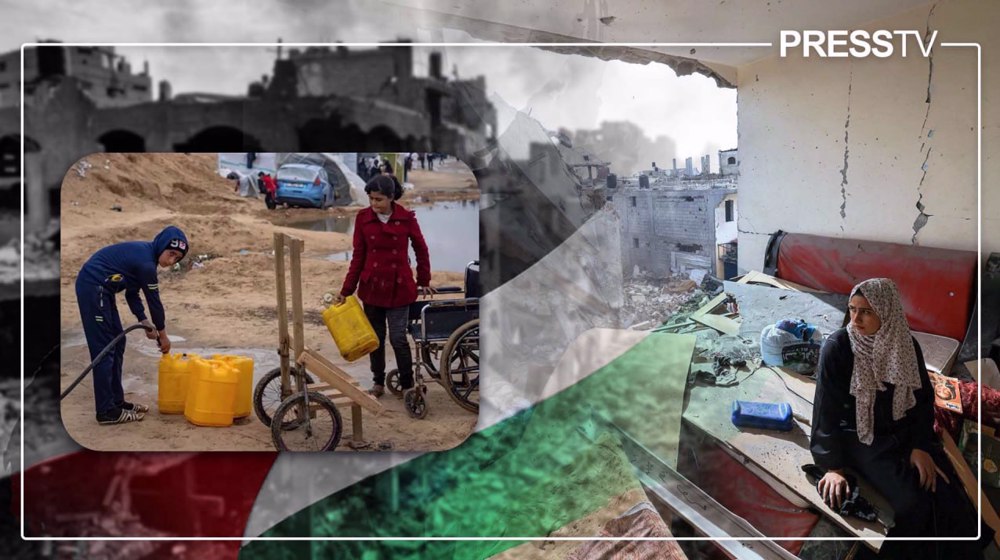



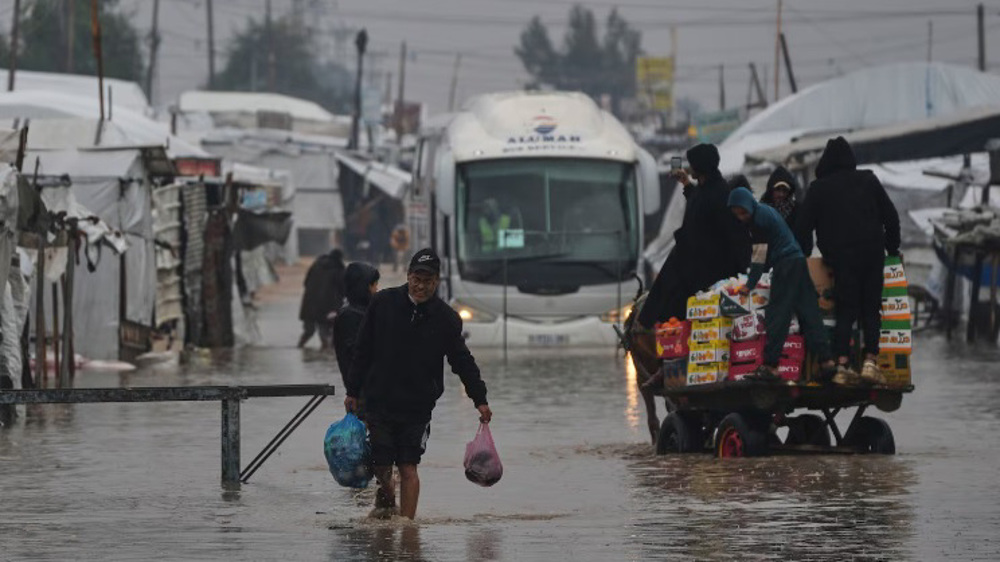
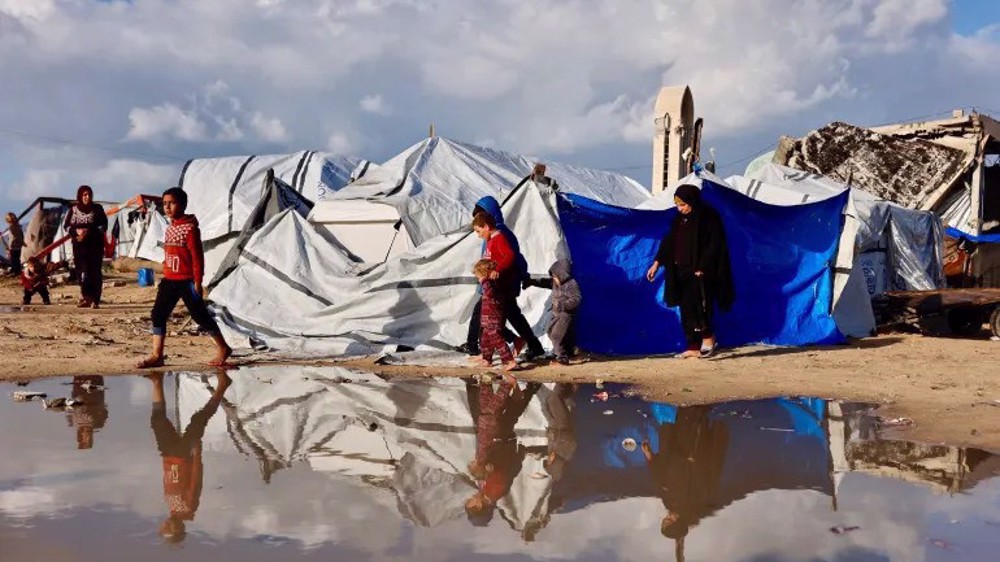




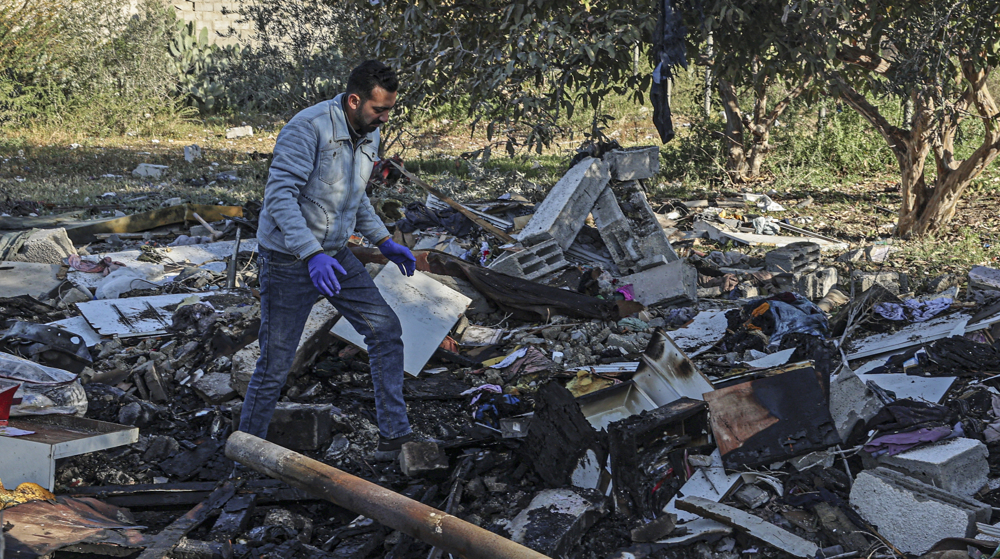
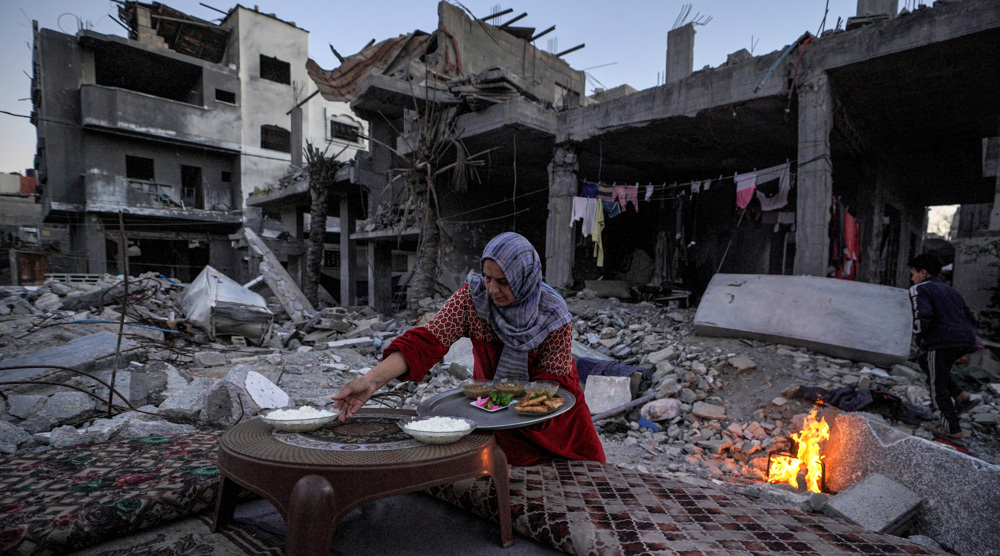

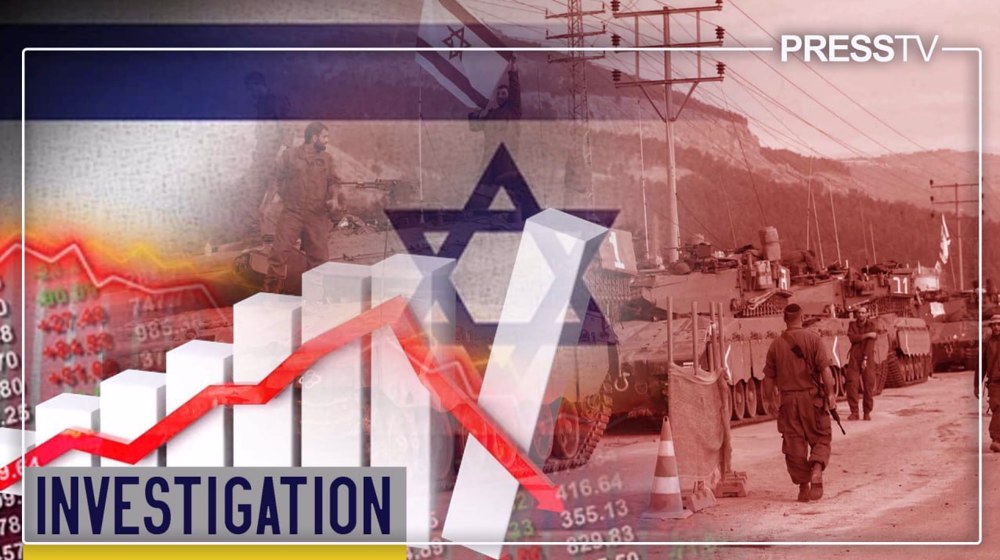

 This makes it easy to access the Press TV website
This makes it easy to access the Press TV website